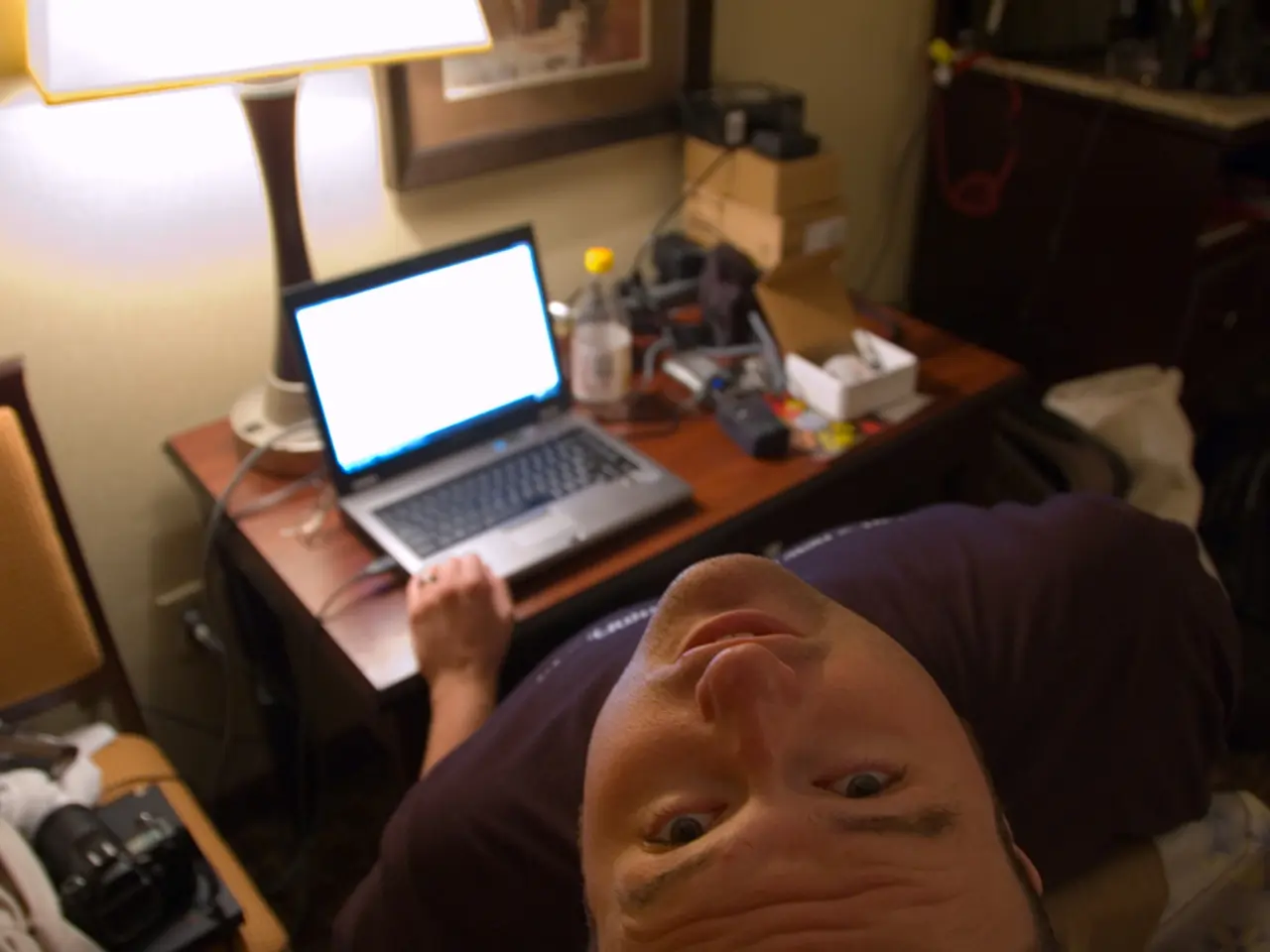Headaches due to position: Indications, origins, and remedies
Positional headaches, also known as orthostatic, postural, and low pressure headaches, are a common complaint that worsens when standing or sitting upright and improves when lying down. While these headaches are often associated with cerebrospinal fluid (CSF) leaks due to low intracranial pressure, they can also be caused by a variety of other conditions.
A thorough evaluation is crucial to rule out serious causes, especially when headaches are severe, sudden in onset, or accompanied by other neurological symptoms. A doctor will typically rule out a CSF leak and may use MRI scans, CT myelography scans, or a Trendelenburg test to diagnose positional headaches.
Postural or musculoskeletal causes, such as poor posture, neck muscle strain, or cervicogenic headaches, can cause pain that varies with head or neck position, sometimes mimicking positional headache patterns related to CSF leaks. Intracranial vascular issues, like strokes or vascular malformations, can also present with severe headaches that change with position, although these often have additional focal neurological symptoms.
Benign secondary headaches, such as exertional headaches, migraine variants, or post-coital headaches, may have positional elements or worsen with certain body positions but do not involve CSF leaks. Connective tissue disorders and other neurological or inflammatory conditions can also cause positional headaches.
In severe or chronic cases, or when the precise location of the leak is known, doctors may perform surgery. In less severe cases, mild-to-moderate CSF leaks may respond to lifestyle remedies such as bed rest, fluid intake, avoiding strenuous activities, and using an abdominal binder.
Positional headaches can cause pain in the back of the head, though they can also affect the front of the head, just one side of it, or the entire head. Some medications can help manage the symptoms of CSF leaks, but their effectiveness is not fully proven and some may carry serious health risks.
Postural Orthostatic Tachycardia Syndrome (POTS) is another condition that can cause positional headaches and involves dysfunction of the autonomic nervous system, which regulates important processes such as heart function and fluid balance. POTS can develop after someone has needed to remain bedridden for a long period of time, such as during a prolonged hospitalization. There is no cure for POTS, but increasing blood volume and helping regulate circulatory conditions can help manage the condition.
In cases of CSF leaks, an epidural blood patch (EBP) is a procedure that involves injecting a person's own blood into the spinal canal to stop CSF loss and relieve symptoms. When the exact location of the leak is unknown, EBP may be performed at the location of a leak, or in the middle or lower parts of the spine.
It is difficult to reduce the risk of positional headaches, but practicing good safety, sticking to healthful habits, and addressing any underlying health conditions can help. Seek medical attention immediately if any warning signs of CSF leaks or POTS accompany positional headaches, as early treatment can make a significant difference in recovery.
- In addition to positional headaches, COPD and migraines are common medical conditions that can be associated with headaches.
- A thorough understanding of one's medical history, including any underlying conditions like asthma or mental health issues, is essential for predictive diagnosis and appropriate therapies and treatments.
- Science has shown that nutrition plays a crucial role in maintaining eye-health, hearing, and overall health-and-wellness, often affecting conditions like neurological disorders and migraines.
- Fitness-and-exercise can help alleviate symptoms of depression, which may be an underlying factor in the development or worsening of chronic conditions like asthma and positional headaches.
- Treatment options for positional headaches may include predictive medications, some of which contain CBD, for managing symptoms, as well as lifestyle remedies like fluid intake and bed rest.
- For severe cases of positional headaches, such as those caused by known CSF leaks, there are medical-interventions like surgeries and epidural blood patches (EBP) to alleviate symptoms and stop CSF loss.
- AQ (Air Quality) plays a significant role in managing migraines, as poor air quality can exacerbate symptoms, making it important to ensure proper ventilation and cleanliness in living spaces and work environments.
- With positional headaches, science has yet to fully understand the root causes of the condition, making it crucial to work with healthcare professionals to establish a plan for managing symptoms and improving overall well-being.
- Luckily, positional headaches can usually be managed effectively with the right combination of therapies, treatments, and lifestyle changes, including addressing underlying health conditions, adhering to healthy habits, and seeking prompt medical attention when necessary.




